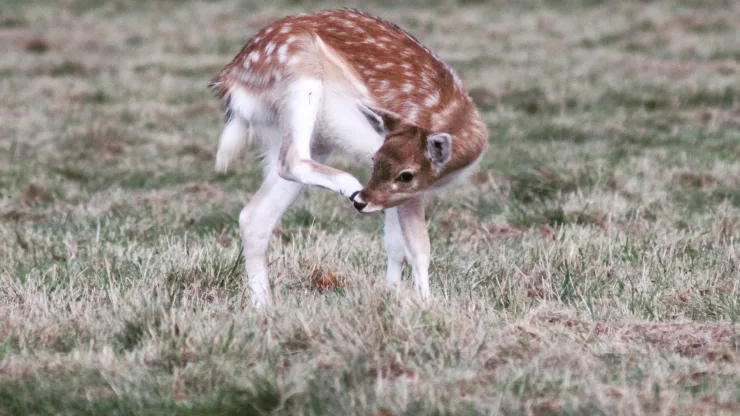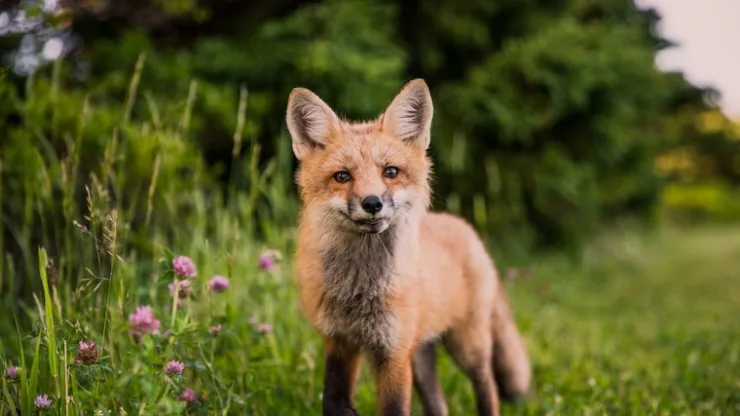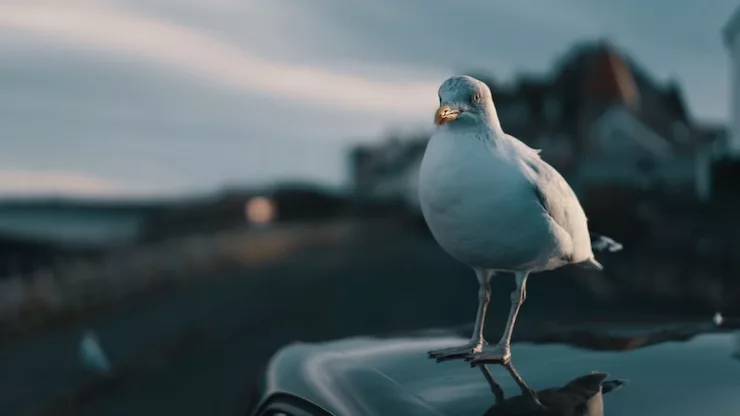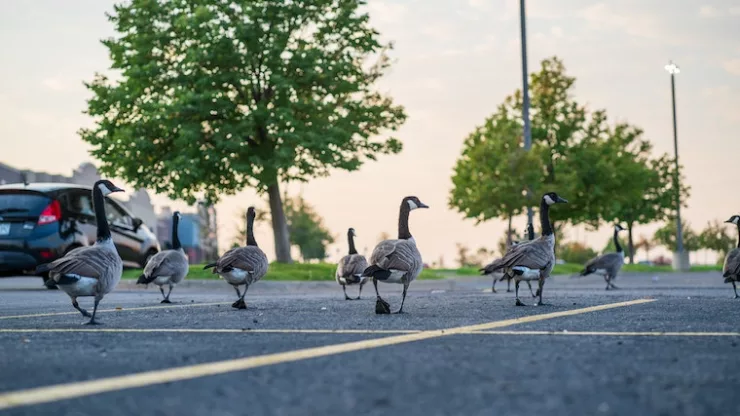Jump to Section
Discovering a Lone Fawn in the City
Encountering a lone fawn in the city can be an unusual and awe-inspiring experience.
It could be a sign that the fawn has been separated from its mother or orphaned.
It is crucial to take immediate action to ensure the fawn’s safety and well-being.
In this article, we will outline the steps to take when discovering a lone fawn in the city.
Assessing the Situation and Taking Action
When discovering a lone fawn in the city, it is essential to assess the situation before taking any action. Here are some steps to take:
- Observe the fawn from a distance: Do not approach the fawn immediately. Observe it from a distance to see if it’s limping, injured, or in distress.
- Check for the mother: Fawns are often left alone for extended periods by their mothers as they forage for food. Check for the mother’s presence within the vicinity of the fawn.
- Contact wildlife rescue: If the fawn is injured or in distress, contact your local wildlife rescue or rehabilitation center immediately. They will provide you with guidance on the next steps to take.
Providing Shelter and Nourishment
If the fawn is orphaned, providing it with shelter and nourishment is crucial before releasing it back into the wild. Here are some steps to take:
- Provide a warm and secure shelter: Create a warm and secure shelter for the fawn using cardboard boxes, blankets, and towels.
- Provide nourishment: Fawns require milk from their mothers, but if that’s not available, you can use goat’s milk or a milk replacer designed for fawns. Do not feed them cow’s milk as it can cause diarrhea and dehydration.
- Limit human interaction: Fawns require minimal human interaction to prevent them from becoming too reliant on humans.
Releasing the Fawn Back to the Wild
Releasing the fawn back into the wild is crucial for its long-term survival. Here are some steps to take:
- Gradual release: Gradually introduce the fawn back into the wild by providing it with a larger enclosure with access to the outdoors.
- Monitor its progress: Monitor the fawn’s progress as it adapts to the wild. Ensure it’s eating and drinking correctly and not showing any signs of distress.
- Release: When the fawn is ready, release it into the wild. Ensure it’s released in an area where it can thrive and avoid releasing it near a busy road.
Conclusion
Encountering a lone fawn in the city can be an opportunity to help a vulnerable animal.
By taking appropriate measures to ensure its safety, shelter, and nourishment, you can play a significant role in helping the fawn return to the wild.
Remember to contact your local wildlife rescue or rehabilitation center for guidance. Together, we can make a difference in the lives of these beautiful creatures.
FAQ
What should I do if I find a fawn alone in the city?
Observe the fawn from a distance, check for the mother’s presence, and contact your local wildlife rescue or rehabilitation center if the fawn is injured or in distress.
Can I feed a fawn cow’s milk?
No, you should not feed a fawn cow’s milk as it can cause diarrhea and dehydration. Use goat’s milk or a milk replacer designed for fawns.
How long should I keep a fawn before releasing it into the wild?
You should keep the fawn for as long as it requires care and nourishment before releasing it back into the wild.
Consult with your local wildlife rescue or rehabilitation center for guidance.
I’m a nature enthusiast and creator of Metro Wilds and have spent years exploring the great outdoors.
With a passion for environmental conservation and sustainability, I have dedicated my career to writing about the beauty and wonders of nature, as well as the threats facing our planet.
Contact me at [email protected] for assistance.





